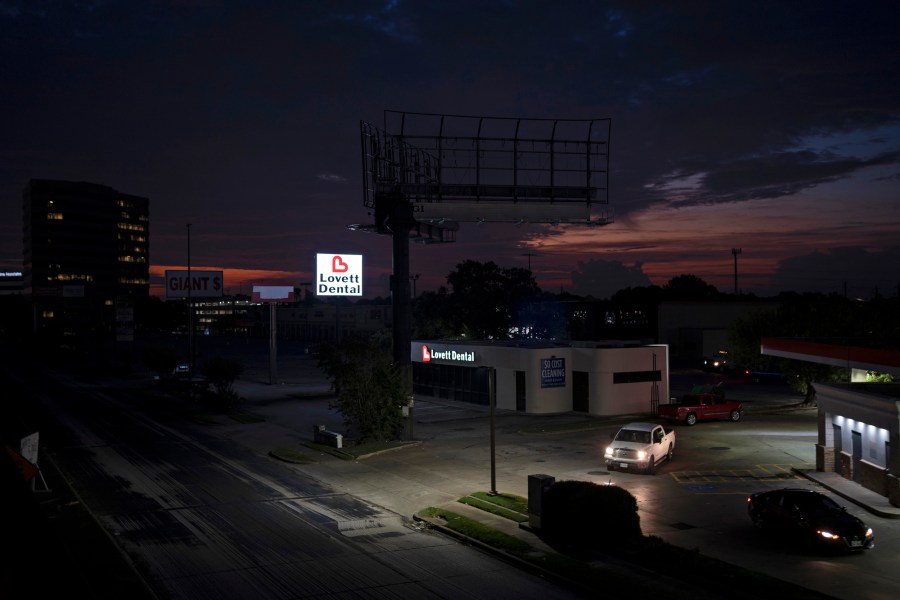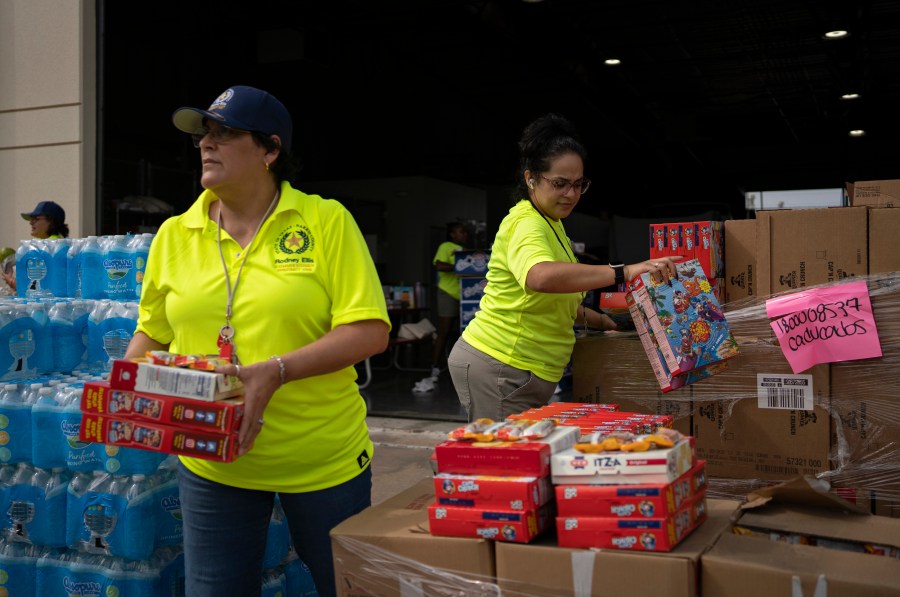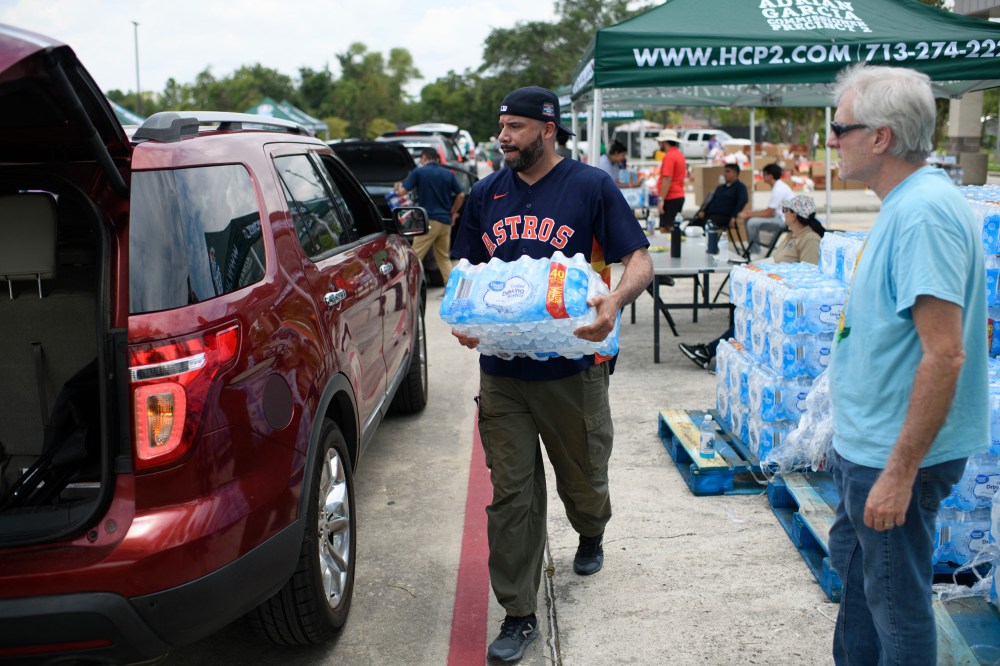When Hurricane Beryl tore through Houston this week, it knocked out power to about 2.26 million power customers. Beryl, which struck the Texas coast as a Category 1 hurricane Monday morning, was the third major storm to strike the nation’s fourth largest city in less than two months. To our knowledge, that’s unprecedented and is a reminder that climate change can rear its ugly head by intensifying storms in unforgiving ways.
Beryl, which struck the Texas coast as a Category 1 hurricane Monday morning, was the third major storm to strike the nation’s fourth largest city in less than two months. To our knowledge, that’s unprecedented.
On May 16 and 17, a derecho with straight-line winds of 100 mph hit Houston with little notice. It blew out thousands of windows in downtown skyscrapers, killed eight people and toppled transmission towers, cutting off power to almost 1 million customers. Before May ended, a destructive storm knocked out the power for 325,000 customers (By our calculations, that’s about 875,000 people.) Though power was restored quickly in both cases, two powerful storms in quick succession left the system battered and weakened.
Add in the fact that it’s been a relatively wet year. The soft soil makes it easier for trees and poles to fall over when the wind blows. Oftentimes repair crews will make temporary fixes to quickly restore power with plans for permanent repairs to follow. In this case, it is unlikely that all repairs from the previous two storms were complete.
Then Beryl struck.

It’s always dramatic, dangerous and damaging when a hurricane strikes a major city. Houston is no stranger to hurricanes. But they don’t usually strike this powerfully this early in the season, and never before has a hurricane struck so quickly on the heels of two other significant storms.
The aftermath is a crisis. Losing power briefly is inconvenient, uncomfortable and disruptive to the economy. But going without power for multiple days during a heat wave can be downright deadly. The total toll in lives and dollars is huge.
It’s clear now: The weather has changed, but the power grid has not.
So, what can innovators, markets, utilities, cities, states and the federal government do to prepare for and recover from storms?
It’s clear now: The weather has changed, but the power grid has not.
The first thing we need to realize is that for the most part we designed and built our grid decades ago, when the weather was milder. This quick succession of three major storms followed by a heat wave is unprecedented but could be a preview of the future. The stakes are high, and there are solutions at hand we can implement.
So what steps can we take to better our chances for the next storm?
The first step after a crisis is acceptance. We need to understand that storms like these can happen and are going to happen more often. The Gulf of Mexico is getting warmer with climate change, and warmer oceans are more fuel for hurricanes. Hurricane Beryl set multiple records, including as the only Atlantic Category 4 storm to form in June and the strongest July hurricane we’ve ever seen.

We need better communications with those affected by storms. In our modern world, we have come to expect prompt and near constant lines of communication, especially in times like these. Utility outage maps were down even before the storm hit, leaving people to rely on the Whataburger store app to know which parts of the city had power. Though people only use outage tracker maps in rare instances, when they need them, they really need them to be robust.












